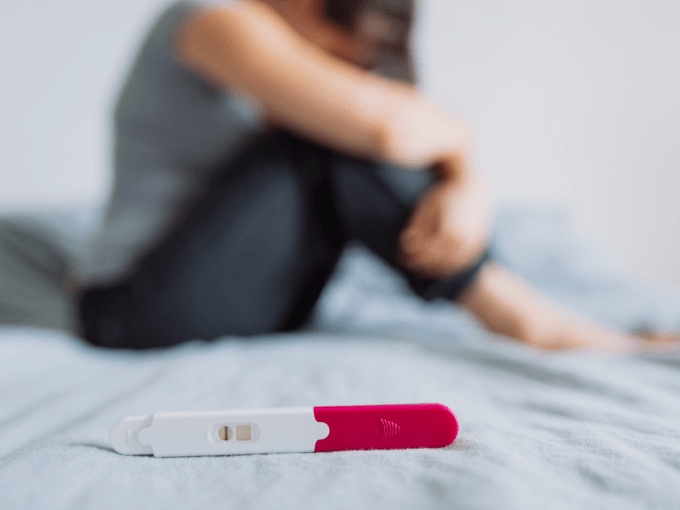



98 percent of cases can be treated successfully if a correct and timely diagnosis is made.
Obtaining a proper diagnosis increases the chances of having a baby at home since the appropriate treatment for each particular case will depend on it. At Ingenes our team of specialists is trained to determine the causes that cause infertility.
The causes of infertility can be grouped into five main factors: ovulatory factor, male factor, embryonic factor, tubal factor, and uterine factor.
To begin, it is necessary to know that pregnancy is the result of a complex reproductive process that includes various steps:

All the factors that alter this process are known as causes of infertility and can be grouped into five main sections:
Ovulation is the most fertile phase of a woman's menstrual cycle because, during this, one of her ovaries releases a mature egg that travels through the fallopian tubes toward the uterus to be fertilized by a sperm.
For ovulation to take place, the hypothalamus must secrete gonadotropin-releasing hormone (GnRH), which acts on the pituitary gland and stimulates its production of luteinizing hormones (LH) and follicle-stimulating hormones (FSH). While FSH stimulates the growth of a follicle (sac that contains the egg), LH causes its rupture and the subsequent release of the egg.
In addition to inducing ovulation, these hormones cause the ovaries to secrete estrogen and progesterone, essential to create the conditions necessary for fertilization and the development of pregnancy.
Any hormonal imbalance or ovarian disorder can cause alterations in ovulation, which are responsible for around 25 percent of infertility cases in women.
Some of the main ovulatory disorders are:
When the egg is fertilized by the sperm, 23 chromosomes from the mother and 23 chromosomes from the father join together to add up to the 46 chromosomes that make up each cell of the embryo.
In turn, chromosomes are made up of a certain number of genes that, like these, are arranged in pairs in which one gene comes from the father and the other from the mother.
Genetic alterations can be caused by problems in both the genes and chromosomes of the embryo and in some cases cause infertility or recurrent miscarriages because they affect its ability to develop and implant within the mother's uterus.
Some of the main embryonic disorders are:

About 25 percent of female infertility cases are due to tubal factors. The fallopian tubes play a critical role in the reproductive process since it is within them that fertilization takes place and they are also the means through which the newly formed embryo is transported to the uterus for implantation and development.
Any damage to the fallopian tubes can cause infertility by preventing the transport and union of gametes (eggs and sperm). Likewise, it makes it impossible for the fertilized egg to move from the ovary to the uterus, which increases the risk of ectopic pregnancy.
Some of the main disorders of the fallopian tubes are:
The uterus is the largest organ of the female reproductive system and its main function is to receive, protect, and nourish the embryo during the 9 months of gestation.
Between 5 and 12 percent of infertility cases have their origin in defects of the uterus, which can interfere with the correct implantation of the embryo and prevent the normal development of the pregnancy.
Some of the main disorders of the uterus are:
For years it was believed that women were responsible for infertility; however, today we know that a third of infertility cases come from male causes, so joint evaluation of the couple is essential to obtain an adequate diagnosis.
Male infertility can be related to a large number of causes, however, most cases are due to problems with the concentration, mobility and morphology of sperm, which affect their ability to fertilize the egg and can be evaluated through a simple spermiogram or semen analysis.
According to the World Health Organization, a healthy man should have more than 20 million sperm per milliliter of semen, of which more than 50 percent should be mobile and more than 15 percent should have a normal shape.
The most common causes of male infertility are:
Unlike men, who produce sperm throughout their lives, women are born with around 1 million eggs in their ovaries and do not generate new eggs. From the age of 35, a woman's ovarian reserve begins to decrease, and once she reaches 40, poor-quality eggs usually outnumber healthy eggs, so her chances of getting pregnant are reduced. significantly.

The natural pregnancy rate for women under thirty years of age is 20 to 30 percent per month, however, by age 40, the probability of conceiving decreases to 5 percent.
In men there is no specific age for fertility to decrease, however, men over 40 years of age may have a higher incidence of sperm disorders than younger men.